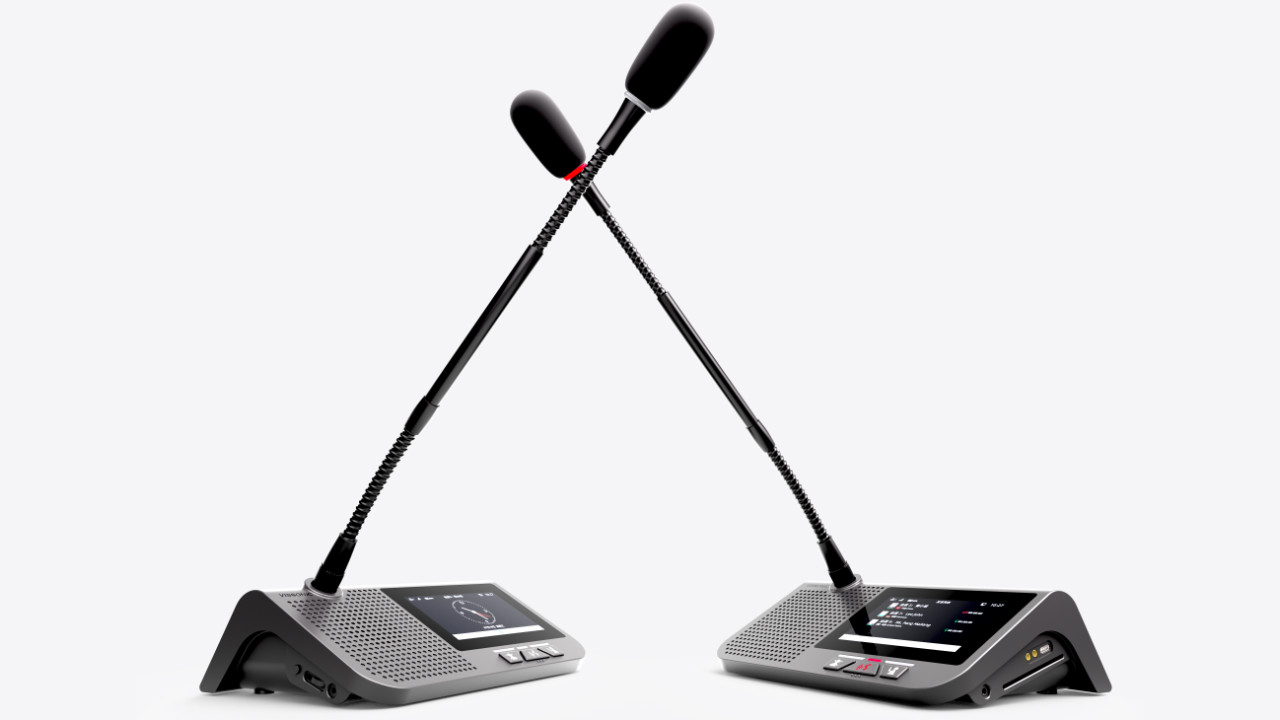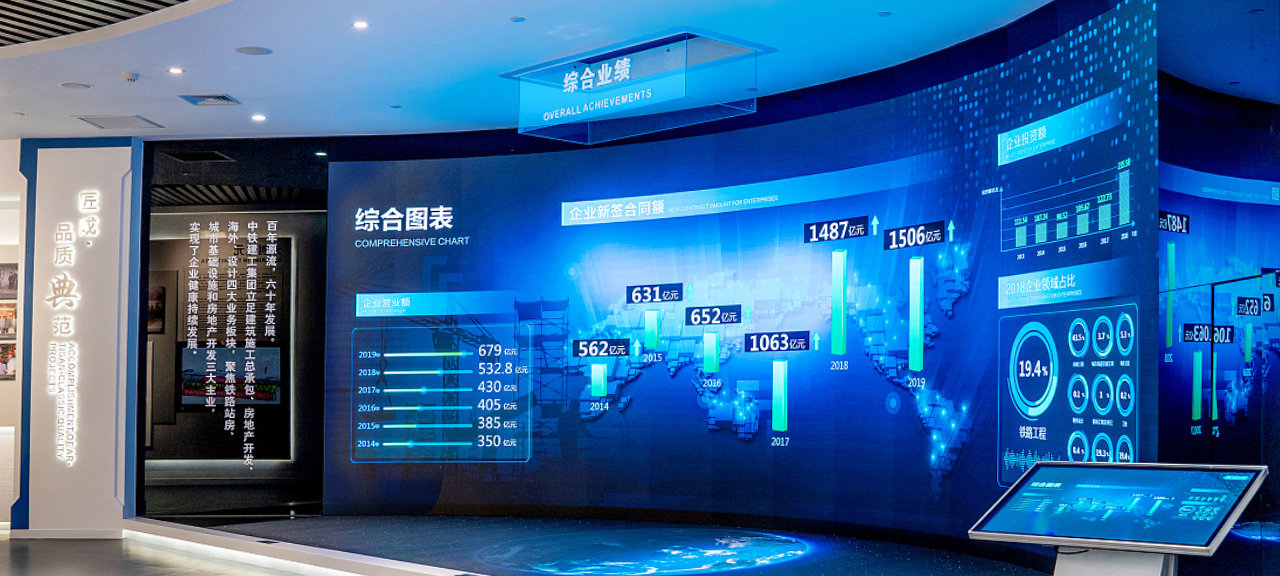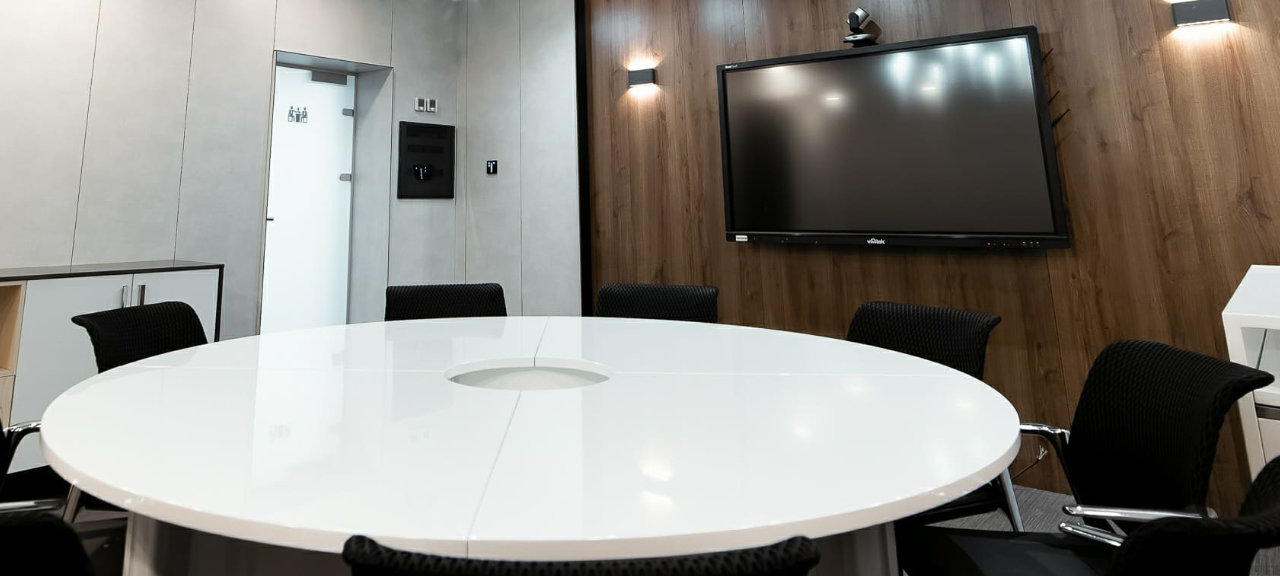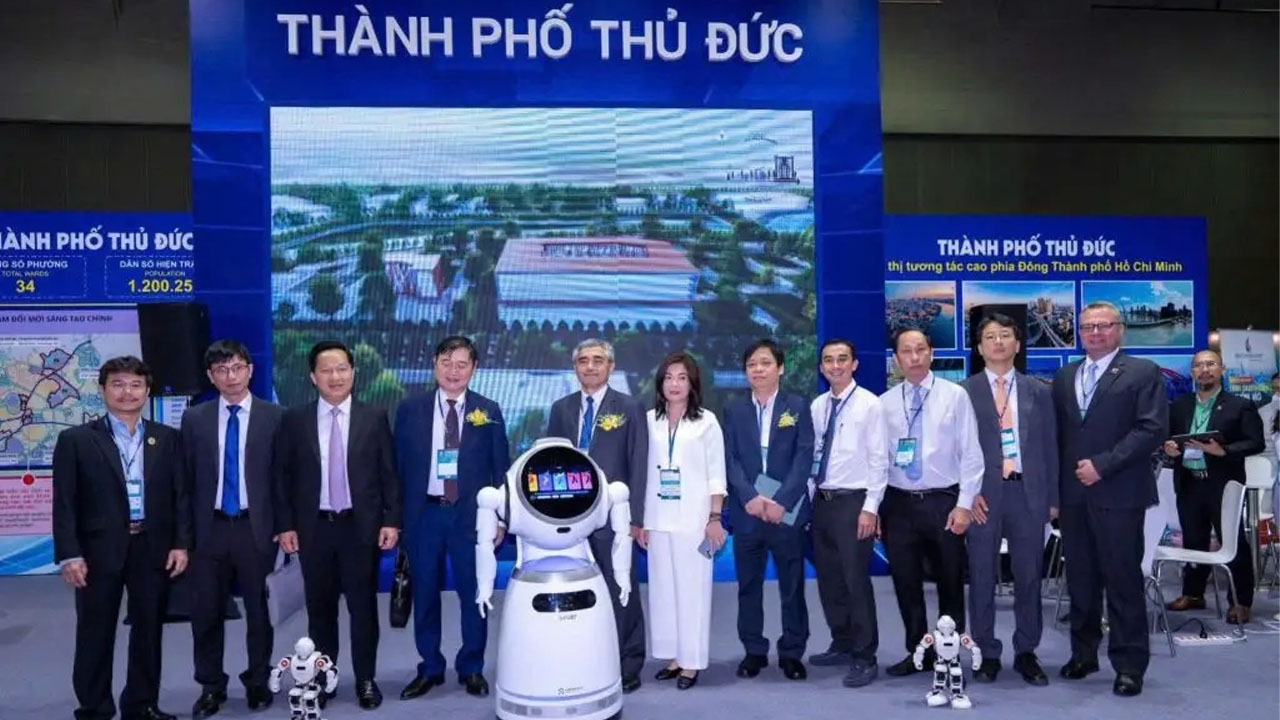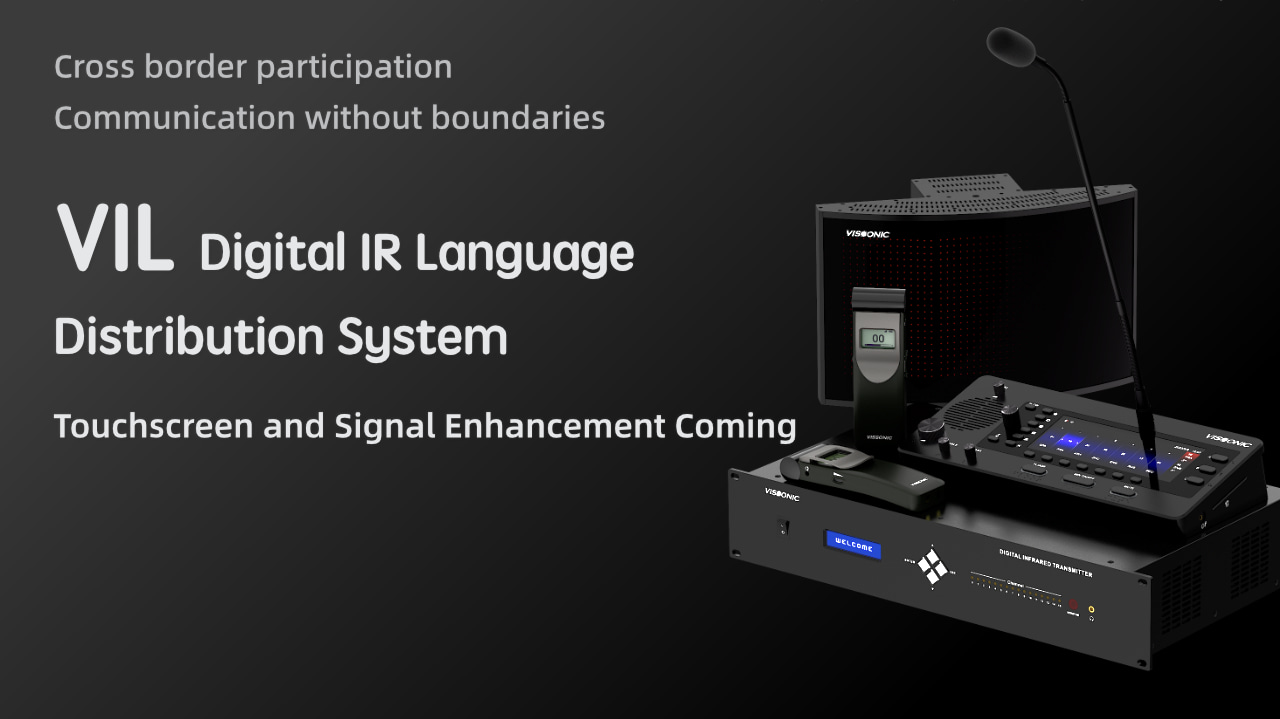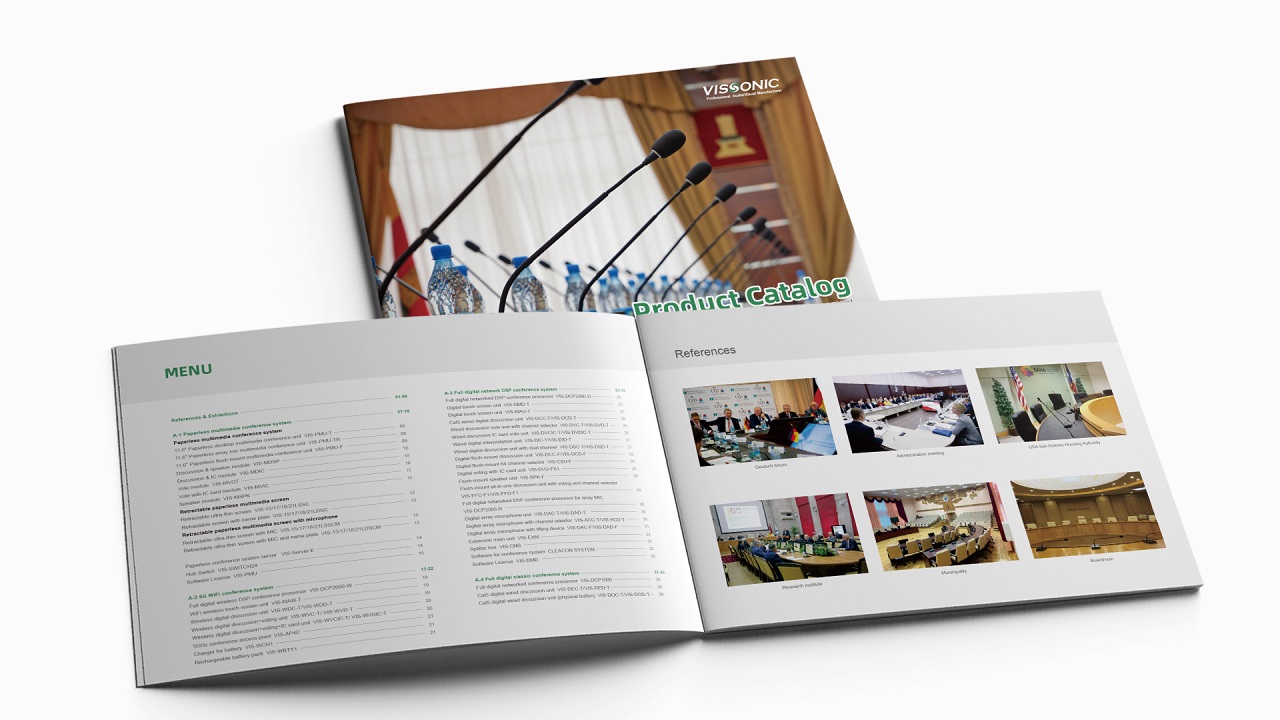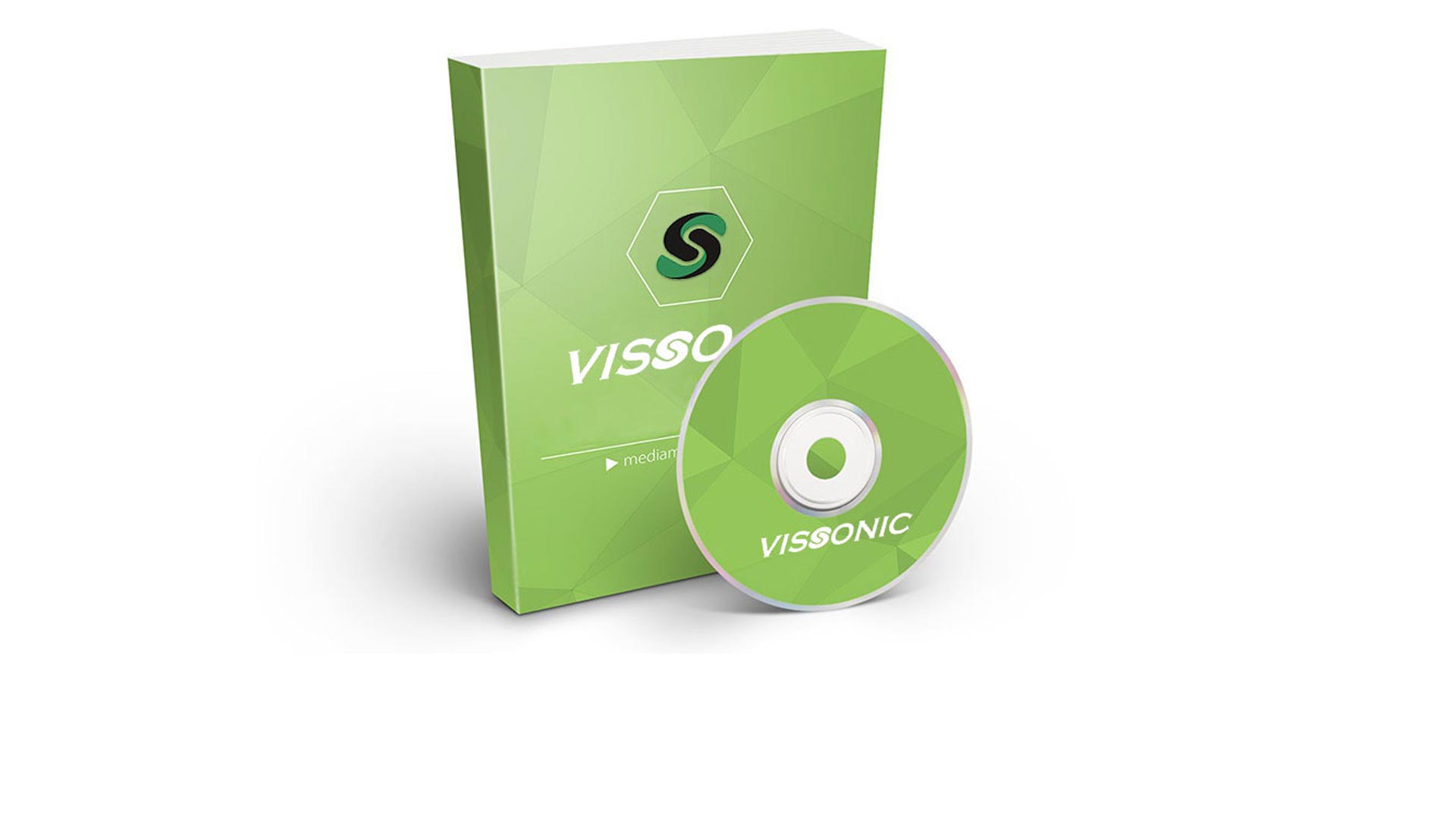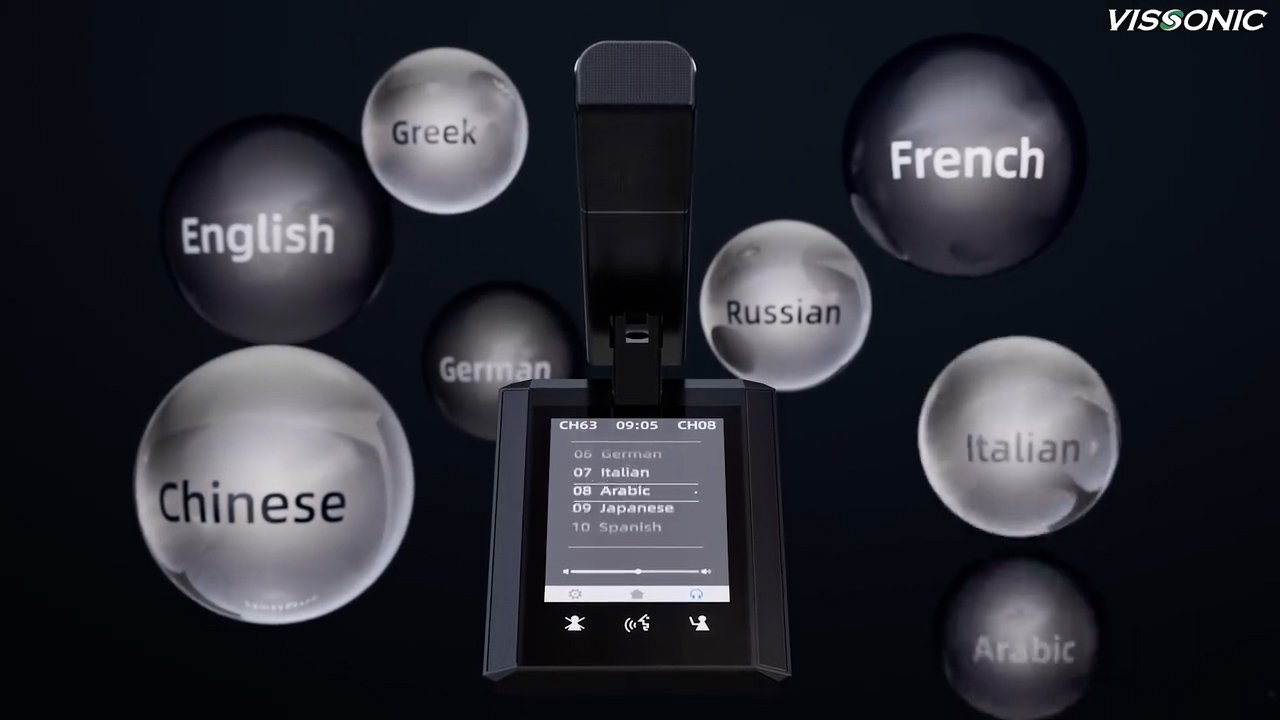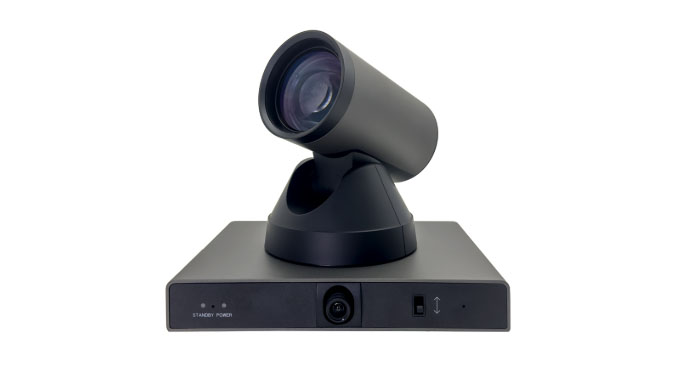Tips for Evaluating and Selecting 4K Video Auto-Tracking Camera
With the rise of live streaming, video conferencing, and content creation, the demand for high-quality video equipment has never been greater. Among the most sought-after tools are 4K video auto-tracking cameras, which offer the ability to automatically follow and frame subjects in real-time. These cameras are increasingly used in a variety of settings, from professional studios to remote learning environments and corporate meetings. However, selecting the right 4K auto-tracking camera can be a challenge, given the wide range of options available. In this article, we’ll explore key tips to help you evaluate and select the best 4K video auto-tracking camera for your needs.
1. Understand Your Specific Use Case
Before diving into the technical features of a 4K auto-tracking camera, it’s essential to consider your specific use case. Are you looking for a camera for professional live streaming, video conferencing, remote education, or recording presentations? Understanding how you will use the camera will help you focus on the features that matter most.
For example, if you are setting up a live streaming studio, you may require a camera with high frame rates (60fps or more) and low latency for smooth, real-time tracking. For remote education or video conferencing, ease of use, auto-focus capabilities, and integration with various software platforms might be higher priorities. Clarifying your primary use case will guide you towards the right camera type and features.
2. Assess Camera Tracking Capabilities
One of the key features of a 4K auto-tracking camera is its ability to track a subject automatically. However, not all auto-tracking systems are created equal. Different cameras offer varying tracking technologies, and the quality of tracking is a critical factor in ensuring the camera delivers consistent, smooth footage.
There are two main types of tracking systems:
- Face Tracking: This type of system follows the subject’s face, making it ideal for interviews, presentations, or vlogs where the speaker remains relatively stationary or moves slightly within a defined area.
Gesture/Movement Tracking: More advanced cameras use AI and machine learning to track the subject’s movement within a larger space. This is useful for dynamic environments like conferences, classes, or performances, where the subject might move around more freely.
When evaluating tracking capabilities, consider the camera’s ability to adjust to different lighting conditions, its range of movement (such as vertical and horizontal tracking), and how quickly it can react to sudden changes in position. Some cameras may also offer manual override options to allow operators to fine-tune the framing if needed.
3. 4K Video Resolution and Image Quality
4K resolution is now considered the standard for high-quality video production. When selecting a 4K video auto-tracking camera, ensure that it not only supports 4K resolution but also delivers excellent image quality. Look for features such as:
- High Dynamic Range (HDR): HDR allows for better contrast and color accuracy, ensuring that your video looks vibrant and realistic even in challenging lighting conditions.
- Low-light Performance: Cameras with larger sensors and better low-light performance can deliver crisp and clear images even in dimly lit environments, which is crucial for some shooting scenarios.
- Autofocus: Good autofocus technology ensures sharp focus, even as the subject moves. Look for cameras with fast and accurate autofocus systems to prevent the video from becoming blurry during tracking.
Keep in mind that while 4K resolution is important, it is only one aspect of image quality. Sensor size, lens quality, and internal processing also play significant roles in delivering a sharp, clear, and visually appealing image.
4. Frame Rate and Smoothness of Tracking
The frame rate of a camera impacts how smooth the video footage appears, especially during fast-moving scenes. A higher frame rate, such as 60fps (frames per second), will provide smoother tracking and video playback, which is particularly important for live streaming and capturing fast movements.
When evaluating frame rate, also consider the camera’s ability to maintain smooth tracking even when the subject moves quickly or erratically. Some cameras may have a higher frame rate but struggle with tracking accuracy during fast movements. For the best results, select a camera that can deliver both high frame rates and precise tracking without jitter or lag.
5. Integration with Other Equipment and Software
Depending on your production setup, it’s crucial to ensure that the 4K auto-tracking camera can integrate seamlessly with your other equipment, such as audio systems, lighting, and video switchers. Compatibility with other cameras or systems might be necessary for multi-camera shoots or live-streaming setups.
Additionally, check for compatibility with popular video conferencing platforms (Zoom, Microsoft Teams, Skype, etc.) or streaming platforms (YouTube, Twitch, Facebook Live) if you plan to use the camera for those purposes. Many cameras now feature plug-and-play integration or software that allows for remote control and settings adjustments via a computer or mobile device.
Some auto-tracking cameras also come with cloud-based software or apps that allow you to control multiple cameras from a central location, making it easier to manage your setup. Make sure the system is user-friendly and provides the level of control you need.
6. Audio Capabilities
While video quality is crucial, audio is equally important for a well-rounded production. Many 4K video auto-tracking cameras come with built-in microphones, but they may not always offer the best sound quality, especially in noisy environments. For optimal results, consider pairing your camera with external microphones or audio systems.
However, if you plan to rely on the built-in microphone, look for a camera with features such as noise cancellation or echo reduction, which can improve the audio quality in environments with background noise. Audio-syncing features, which help synchronize sound and video, can also be useful for creating polished content.
7. Budget and Cost Efficiency
4K video auto-tracking cameras come in a wide range of price points, so it’s important to find a model that offers the best value for your budget. High-end professional cameras with advanced tracking features and image quality can be expensive, while more affordable models may have fewer features or limitations in tracking accuracy.
Consider the overall value of the camera, including its durability, ease of use, and how well it meets your specific needs. If you’re working on a tight budget, focus on essential features such as reliable tracking, 4K resolution, and ease of integration. For professional studios or corporate environments, it may be worth investing in a higher-end camera that offers more advanced features and better long-term performance.
8. Brand Reputation and Customer Support
Choosing a camera from a reputable brand ensures that you’ll receive reliable performance and excellent customer support. Look for brands with positive reviews, strong warranties, and a reputation for quality. Additionally, ensure that the camera you select is backed by responsive customer service and technical support in case you encounter any issues with the camera’s performance or setup.
Conclusion
Selecting the right 4K video auto-tracking camera involves considering a variety of factors, including tracking capabilities, image quality, frame rate, integration with other equipment, and cost efficiency. By evaluating your specific needs, prioritizing key features, and understanding how the camera will fit into your existing workflow, you can make an informed decision that ensures you get the best possible performance for your investment. Whether you’re streaming live events, recording professional content, or hosting remote meetings, the right camera will significantly enhance the quality of your video production and create a more engaging experience for your audience.

